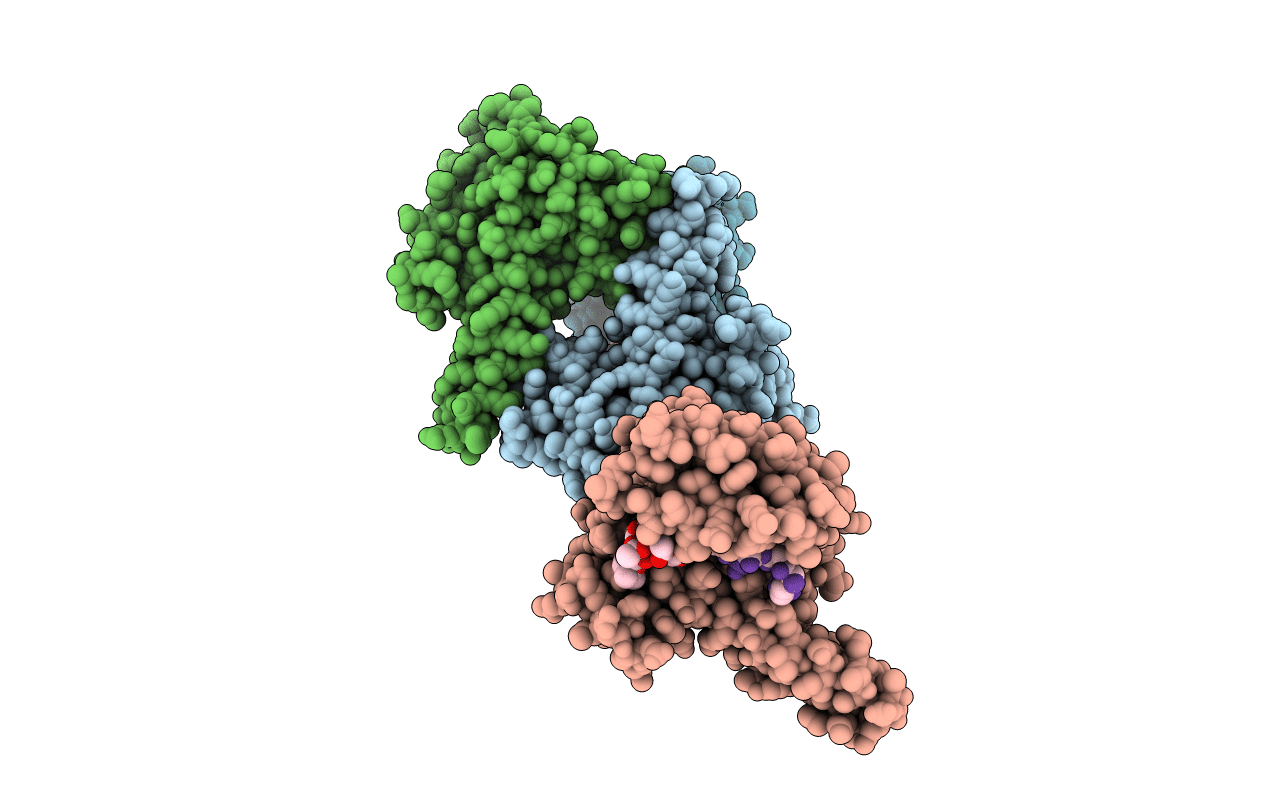
Deposition Date
2020-08-27
Release Date
2021-08-25
Last Version Date
2024-11-06
Entry Detail
PDB ID:
7A6Y
Keywords:
Title:
Structure of 14-3-3 gamma in complex with DAPK2 peptide stabilized by FC-A
Biological Source:
Source Organism:
Homo sapiens (Taxon ID: 9606)
Host Organism:
Method Details:
Experimental Method:
Resolution:
2.50 Å
R-Value Free:
0.25
R-Value Work:
0.22
R-Value Observed:
0.22
Space Group:
H 3


